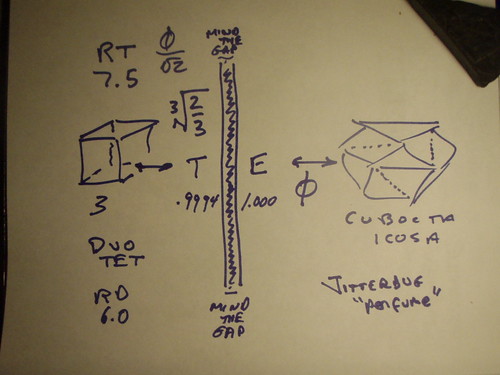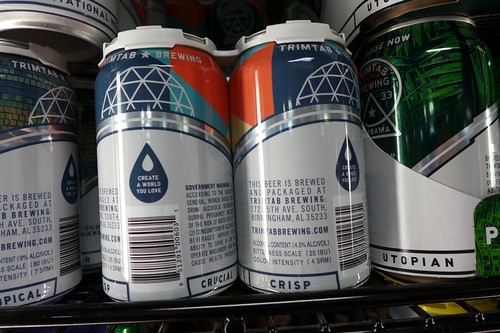What the humanities came up with, by way of anthropology, was a device for probing their sister STEM, regarding her meaning for "dimension" and "paradigm".
"Could you have a different number of dimensions for space, in a different paradigm?"
Rather than wait for an answer, the New English sprung upon us a new system, asking "there, is that the kind of thing you mean?".
By New English I mean anglophones in North America with their various nationalisms and other dreams, not to be confused with New Englanders, which more formally refers to a few of their "states".
Their English was different enough to permit publishing a positive futurism that was neither racist nor classist in conception. This wasn't socialist realism. Tractors were not core.
I've taken a different tack, having learned of these old schoolers in my early twenties, with four years of university behind me already. I gradually worked my way into their network, attempting to find out more about their operations. Where do the dome companies fit in?
However life is fairly quantum mechanical and one brings strong interpretations to whatever findings. Facts under-determine what we believe to be the case.
The fun we're having branding "the gap" might be of relevance. We're referring to a crack, a thin fracture line in the mathematics, between two volumes, relating to a perfect sphere which we may or may not require to "exist" in some namespace.
My "mind the gap" writings and videos give the flavor. Of course we know about the London tube and the gap they mind therein. These aren't so far apart.
The pun "GNU English" comes to mind and refers to "geek-speak" and especially all that computer science stuff as we call it today.
Computerizing the new paradigm had some number crunching aspects, especially around vectors and simple linear algebra, but mostly we're talking hypertext and what that added to the equations.
In hindsight, I'd say links to Canada stay important, and the University of Toronto in particular. This is in no way a new development, I'm just saying it hasn't been fading. Dr. Arthur Loeb was in New England proper, but the Eschers were and are Canadian, as was H.S.M Coxeter. Today, we think of Hinton and ML and how Canada has embraced its heritage as a major contributor to Deep Learning.
I'm thinking Truckers for Peace, variously branded ("without borders" etc.), will continue gaining ground in Canada. Opportunities to swap routes on a global basis are more likely to open intra-parent sometimes, meaning subsidiaries of the same directorship are more likely to collude with their own employees than are government agencies with bureaucrats, few of whom have any experience driving trucks.
What ties these threads together is of course the various brands and logos that allude to the shared "design science" ethos. You see these in both hemispheres, and once you know what to look for, a whole ecosystem emerges. Like when you first learn of the "octet truss" when learning about architecture; suddenly it's everywhere. It was there all along, but it takes awareness to distill meaning from apparently irrelevant details.
For example, TrimTab Beer in Birmingham, Alabama, is definitely on the Meme Train when it comes to New English. I've got the T-shirt at least. I'm still not drinking beer, not because I'm off alcohol but because the Pacific Northwest has some of the best IPAs imaginable and I was turning into a real addict, flooding my system with unneeded calories. I may get back to sipping, but have some goals to reach first. I'm reconnecting with Wine World.
For my part, I went back to socialist realism and the tractors, finding them another type of "turtle" for moving around on a computer screen, in response to whatever instructions. The tractor may plow back and forth, planting ASCII or Unicode, or follow a more CRT-like raster pattern, more of a spiral if you connect east with west. Some of my Python students know what I'm talking about, or check my Github site.


